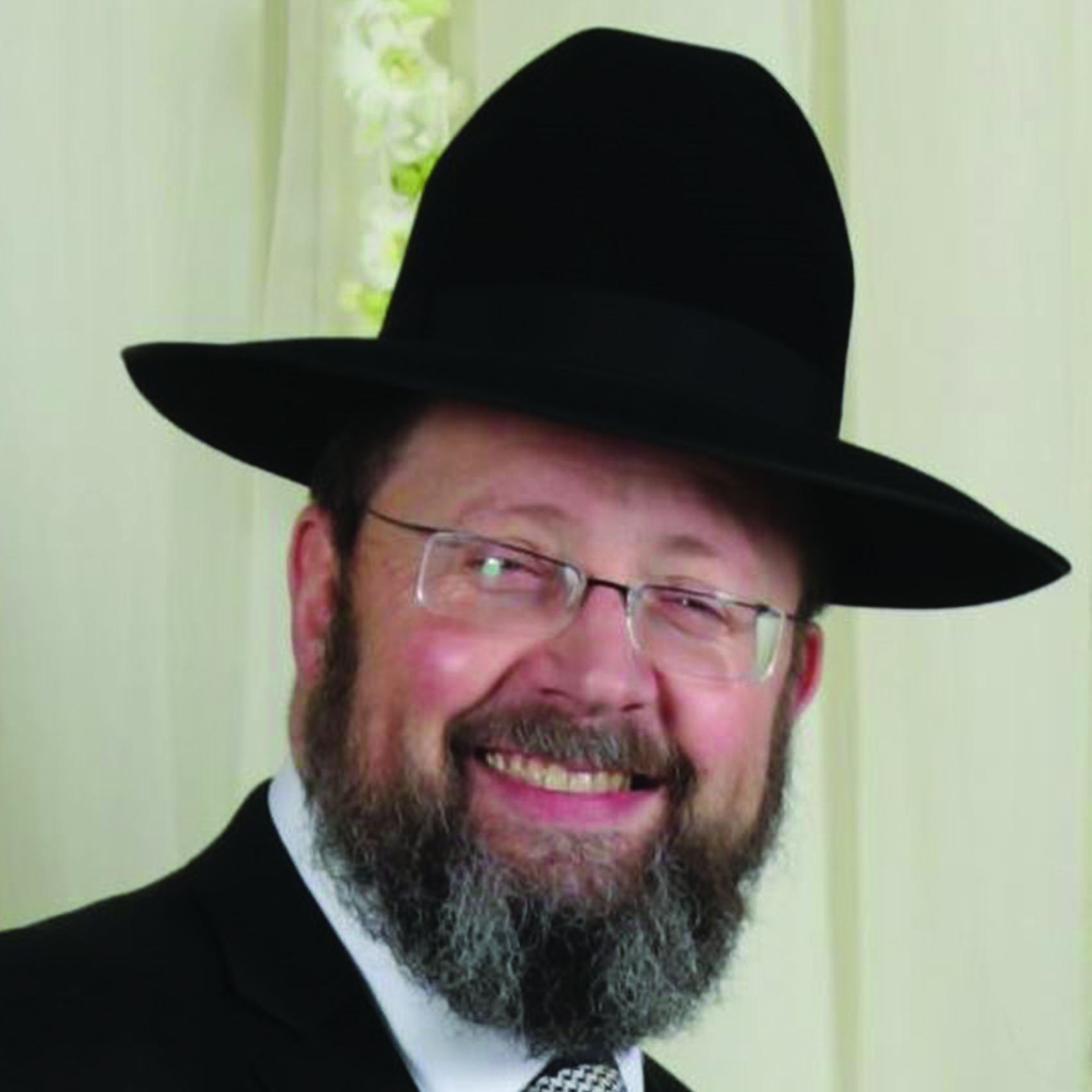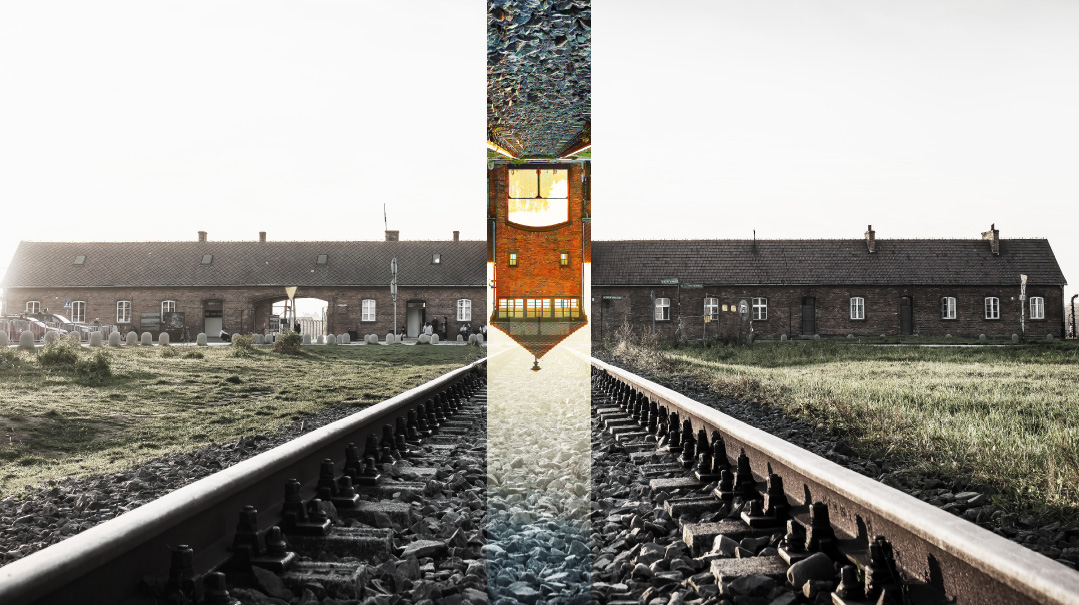Reaching for the High Notes

In the spirit of V’nahafoch hu, Mishpacha contributors share the axioms they were sure of…until they weren’t

As told to Yael Schuster
Rabbi Avrohom Neuberger
Monsey, New York
I always thought that musical Selichos were for outliers and eccentrics, or people seeking entertainment instead of avodas Hashem. Until I learned that…
Several years ago, I heard about a new phenomenon — musical Selichos on the first night of Selichos. I rolled my eyes. It sounded like Uman for people who couldn’t afford to go or whose wives wouldn’t let them. I didn’t get either one — not Uman, not musical Selichos. And to be honest, I didn’t have much interest in investigating further.
In my mind, it was one thing if you’re a serious Breslov chassid — then fine, go to Uman. But this la-di-da, sing-and-dance-your-way through the Days of Awe seemed like such anathema to what Yiddishkeit really is. This feel-good, kumbaya mentality, seemed to me nothing but superficial counterfeit candy. So I mentally dismissed the entire movement.
But I had this gnawing feeling that somehow, I must be missing something. After all, in the case of Uman, tens of thousands of Jews pack up and go to some backwater village in Ukraine. Whatever for?
So one year, on a whim, after Selichos in my shul finished, I scooted over to see the local musical Selichos and observe the scene firsthand. Outside the hall, there were fliers on the floor, and several protesters yelling, “Derech Yisrael Sabba! A bizayon!” and of course, there were some people arguing with them. Others were schmoozing or smoking.
Inside, however, it was different story. Some hundreds of people had gathered in the huge hall to say, or perhaps sing the Selichos, together with the requisite guitars, percussion instruments, and the rest. Some were just mumbling along, but many had their eyes tightly shut and were clearly striving toward something. The scene was certainly odd, and quite unnerving… but it was something more.
I’m not here to take sides, and I personally cannot advocate for nor justify such a break with tradition. But I am here to say that the opponents of Uman and musical Selichos are missing the larger picture. The proverbial forest for the trees.
Musical Selichos and Uman is a zeitgeist phenomenon. The real story here is that there are literally tens of thousands of frum Jews, who are willing to try something as out-of-the box as going to Uman, to generate a feeling of clinging to Hashem. Sure, it may be fun to sing and dance, but people are laying out thousands of dollars to go to Uman. And the same goes for Selichos as well; it’s not so easy stay up until three in the morning saying Selichos for hours.
Of course, some people come for the show, for the “chavayah.” For some it may indeed be just a block party. But it seemed to me that the majority came for something much more. They were hoping and striving for an experience that would strike up a feeling of connection in their heart.
This, I think, is the real story. For if tens of thousands of people are willing to travel to Uman, and hundreds of non-conformists are willing to join musical Selichos, then there are exponentially many others, “establishment-type”, who have the same feeling of disconnect but are not willing to go to such extremes. And what does all this mean?
It means that we must resolve not only how to reach out to the disconnected masses, but how to reach in — to our disconnected selves, to develop a relationship with Hashem and make our own Yiddishkeit real.
Rabbi Avrohom Neuberger is the rav of Congregation Shaarei Tefillah of New Hempstead and the author of Positive Vision and the recently published Sefer Chofetz Chaim (elucidated), a Chofetz Chaim Heritage Foundation project (ArtScroll/Mesorah).
(Originally featured in Mishpacha, Issue 902)
Oops! We could not locate your form.






